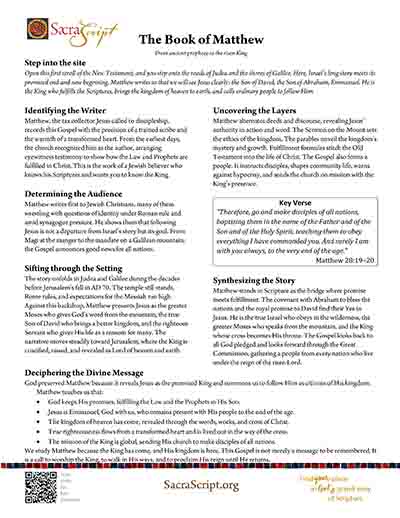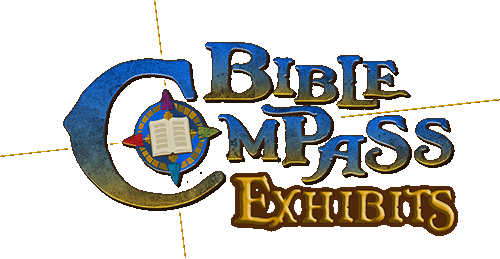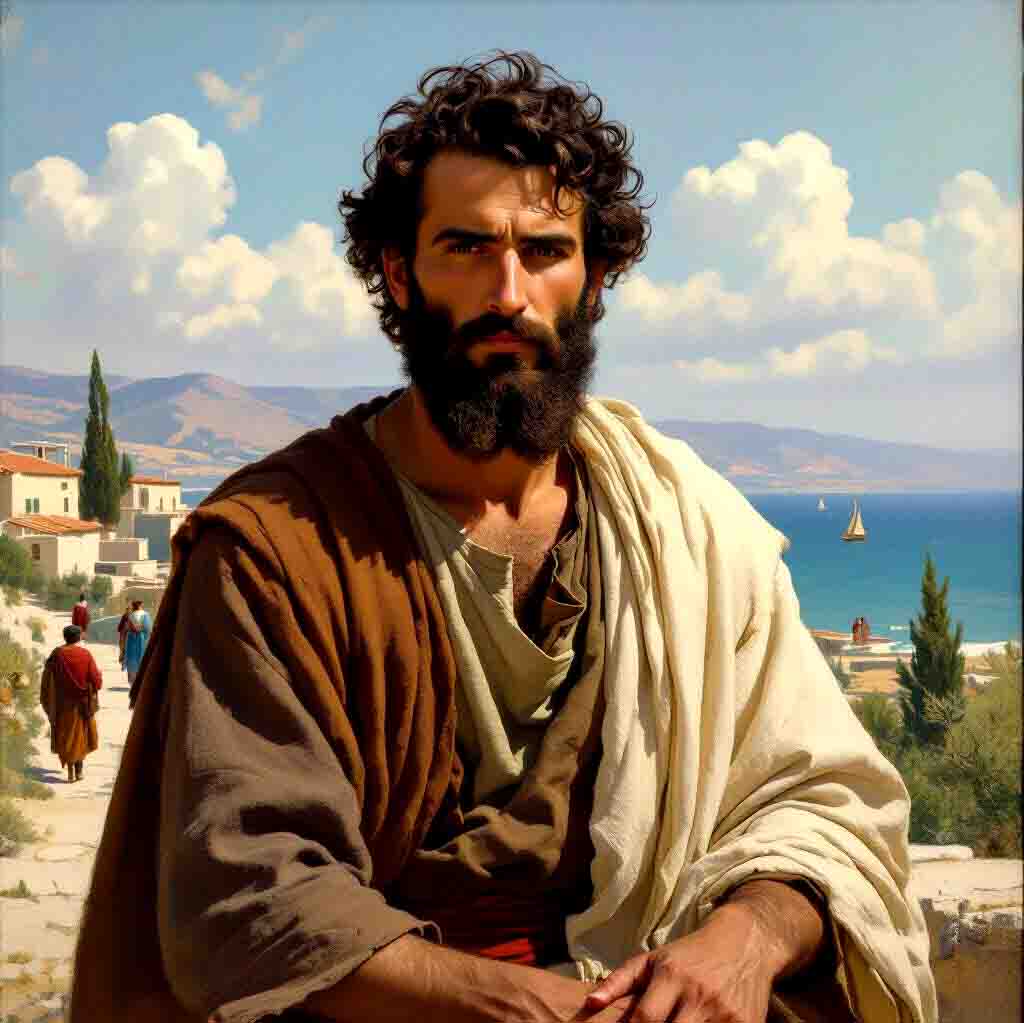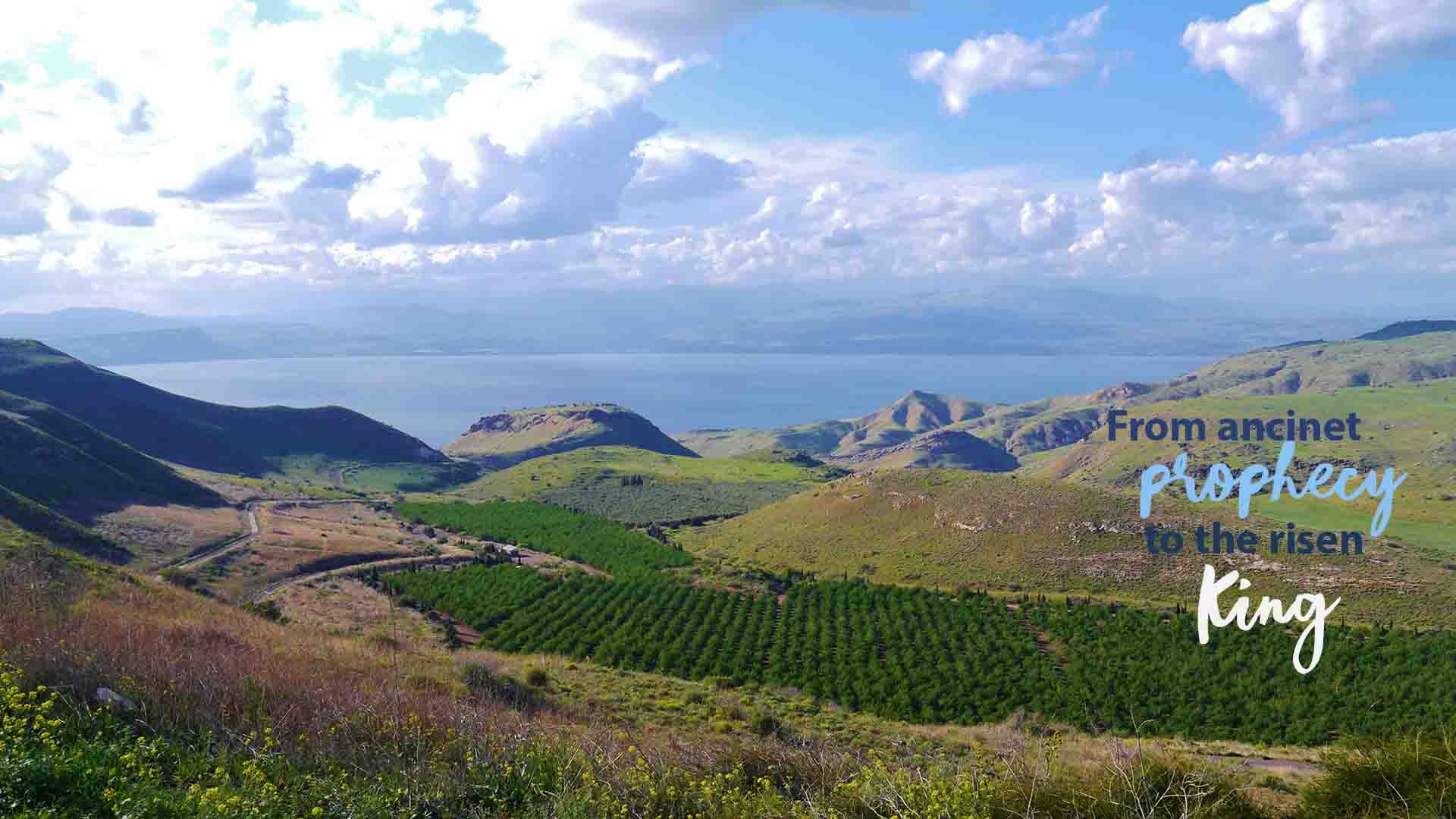

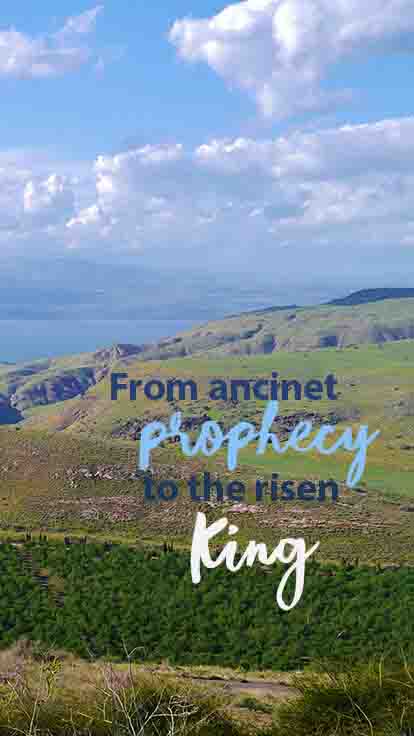
An Overview of the Book of Matthew
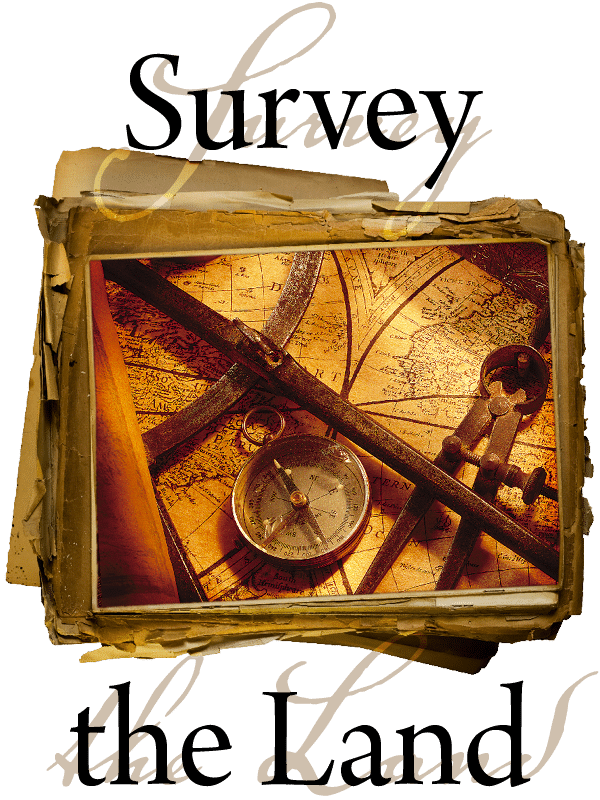
Surveying the land is the first step in any great discovery. Before any excavation begins, explorers must study the unknown terrain, map the surroundings, and gain a sense of the landscape. In your study of the Bible, surveying the land means stepping back to understand how a particular book fits into the larger story God is telling. Like using a compass and a map, this equips us with the tools we need to navigate Scripture faithfully.
The Book of Matthew
From ancient prophecy to the risen King
You have arrived at the gates of first-century Jerusalem. The streets are alive with the tension of Roman soldiers, the cries of merchants, and the hushed prayers of worshipers climbing the temple steps. The people are waiting, aching for their Messiah. Into this moment comes the Gospel of Matthew, a masterful account written to reveal Jesus as the long-awaited King of Israel.
Matthew’s Gospel is no dry history. It is a carefully arranged excavation of the life and teaching of Jesus, uncovering layer after layer of prophecy fulfilled and promises kept. Matthew invites us to see Jesus through the eyes of Israel, to hear the echoes of Moses and David, and to understand that the carpenter’s son from Nazareth is, in fact, Emmanuel, “God with us” [Matthew 1:23].
As you step into the world of Matthew, prepare to journey through dusty Galilean villages, along storm-tossed seas, and finally to a hill outside Jerusalem where the King reigns from a cross. The Gospel of Matthew is not merely a record of what happened but a summons to bow before the King who has come and to proclaim His kingdom to the nations.
Determining the Audience
The original recipients
Matthew writes primarily with a Jewish audience in mind. His Gospel overflows with references to Israel’s Scriptures, quoting or alluding to the Old Testament over sixty times, more than any other Gospel. He frequently introduces events with the phrase, “This was to fulfill what was spoken by the prophet…” [Matthew 1:22].
Yet Matthew does not confine his message only to Israel. From the opening genealogy, which includes Gentile women like Rahab and Ruth, to the closing commission that sends disciples to all nations [Matthew 28:19], Matthew’s Gospel makes it clear: Jesus is the Jewish Messiah whose kingdom embraces the world.
His original readers were Jewish Christians wrestling with how their faith in Jesus fit with their heritage, the covenants made to them, their Law, and their place under Roman rule. Matthew addresses their questions by showing that following Christ does not abandon Israel’s story but fulfills it. The Messiah has come, and He reigns not only over Israel but over every tribe and tongue.
Sifting through the Setting
The historical background
The setting of Matthew’s Gospel depicts the tense world of Judea under Roman rule. Taxes are high, soldiers patrol the streets, and Jewish nationalism simmers beneath the surface. Religious leaders vie for influence—Pharisees stress strict adherence to the Law, Sadducees are tied to the temple establishment and compromise with Rome, while Zealots are stirring for revolt. Ordinary people live with longing for deliverance and the hope that God’s Messiah will appear.
It is within this context that Matthew presents Jesus as the true Son of David and the rightful King. He is greater than Herod, greater than Caesar, and greater than the religious leaders who oppose Him. The five great blocks of teaching in Matthew recall the five books of Moses, portraying Jesus as the new and greater Moses who delivers His people from slavery, not to Egypt, but to sin. His Sermon on the Mount outlines the life of the kingdom of God. His parables unveil their mysteries. His Olivet Discourse points to its consummation.
The historical moment is also crucial. Most scholars place the writing of Matthew’s Gospel in the decade before the destruction of Jerusalem and the temple in AD 70. That looming event gives even more urgency to Matthew’s message. The temple may fall, the city may burn, but the kingdom of heaven will stand forever. Jesus’ resurrection guarantees that the true dwelling place of God is not made of stone but in His risen Son, and that His authority extends over all nations until the end of the age.
Uncovering the Layers
The meaning
Matthew’s Gospel is layered with meaning, drawing the reader ever deeper into the identity and mission of Jesus. The opening genealogy may seem tedious to modern readers, but to Matthew’s audience, it declared that Jesus is the Son of Abraham, heir to the covenant, and the Son of David, heir to the throne. His infancy narrative reveals Him as Emmanuel, “God with us,” the One who brings God’s presence to His people. His baptism shows Him as the beloved Son, His temptation in the wilderness reveals Him as the true Israel who obeys where the nation failed. His ministry in Galilee demonstrates His authority over sickness, demons, and creation itself, demonstrating what life in God’s Kingdom is like.
The five great teaching discourses structure the Gospel and present the ethic of the kingdom:
- In the Sermon on the Mount, Jesus declares that true righteousness flows from the heart, not merely from external observance.
- In His mission discourse, He sends His disciples with authority to heal and proclaim.
- In the parables, He reveals that the kingdom grows mysteriously, like a seed in soil for those with “ears to hear.”
- In His instructions for life in the community, He calls for forgiveness, humility, and reconciliation.
- In the Olivet Discourse, He warns of coming judgment and promises His return in glory.
The Gospel reaches its climax in Jerusalem. The King is rejected, betrayed, and crucified. Yet even here, Matthew shows that this is not defeat but fulfillment. Jesus dies as the Passover Lamb, His blood sealing a new covenant. On the third day, He rises, vindicated as Lord of all. The final scene shows Him on a mountain, commissioning His disciples to go to all nations, baptizing them, and teaching them to obey all He commanded. The Gospel that began with the promise of “God with us” ends with His promise, “I am with you always, to the end of the age” [Matthew 28:20].
How to Read
the Book of Matthew
A quick guide to
its writing style and structure
What kind of book is this?
Matthew is a Gospel, an eyewitness account of Jesus’ life and teaching that proclaims Him as Israel’s promised Messiah and the King of heaven and earth.
Why is it written this way?
It shows how Jesus fulfills the Jewish Scriptures. Old Testament promises echo through every page so that readers see God’s plan completed in Christ.
How is it organized?
The Gospel alternates between stories of what Jesus did and blocks of what He taught. Five major teaching sections mirror the five books of Moses and lead to the cross and resurrection.
What should I look for?
Notice the constant theme of the kingdom of heaven and the repeated fulfillment of prophecy. Watch how Jesus is called Son of David, Son of Man, and Emmanuel.
How should I read it?
Read it as the story of the King who calls for your allegiance. Let it shape your heart as well as your mind and lead you to follow Him today.
Synthesizing the Story
Fitting into scripture
The Gospel of Matthew tells the story of King Jesus. It begins with His royal lineage, traces His miraculous birth, and follows His ministry of teaching and healing. It reveals the growing opposition of religious leaders, the betrayal of a disciple, and the cruelty of Roman crucifixion. Yet it culminates not in defeat but in victory, for the crucified King is raised to life and declared Lord of heaven and earth.
Matthew’s story unfolds in three movements. The first presents the King revealed through His genealogy, birth, baptism, and teaching. The second records the King resisted as His miracles were met with hostility, His parables misunderstood, and His authority challenged. The third proclaims the King vindicated in His death, fulfilling prophecy, His resurrection demonstrating His power, and His commission sending disciples to the nations.
At its heart, Matthew’s story is the story of God’s faithfulness. Every promise is kept, every prophecy fulfilled, every expectation surpassed. The King has come. The kingdom is at hand. The Gospel summons its readers, then and now, to worship the King and to walk in the ways of His kingdom.
Key Verse
Then Jesus came near and said to them, “All authority in heaven and on earth has been given to me. Therefore go and make disciples of all nations, baptizing them in the name of the Father and of the Son and of the Holy Spirit, teaching them to obey everything I have commanded you. And surely I am with you always, to the very end of the age.”
Matthew 28:18–20
Deciphering the Divine Message
What we learn
Why has God preserved Matthew for us? Because it reveals Jesus as the promised King and summons us to follow Him as citizens of His kingdom. It bridges the story of Israel with the hope of the nations, declaring that all of God’s promises find their “Yes” in Christ.
Matthew is rich in its explanations and fulfillment. It teaches us about God:
- God is faithful to every promise, fulfilling the Law and the Prophets in His Son.
- Jesus is Emmanuel, God with us, present in our world and with His people to the end of the age.
- The mission of God is global, calling His people to make disciples of all nations.
It teaches us God’s Kingdom:
- The kingdom of heaven is at hand, breaking into earth through Christ’s words, works, and cross.
- True righteousness is not external rule-keeping but a heart transformed by the King.
- Discipleship means leaving all to follow Jesus, learning the way of the cross, and taking up our own cross.
- The crucifixion is not defeat but enthronement, and the resurrection proclaims the King’s eternal reign.
The Gospel that begins with a baby in Bethlehem and ends with the risen Lord on a Galilean mountain is more than history. It is a divine summons. Matthew is not simply a Gospel to remember. It is a divine message to obey, a call to worship the King, to walk in His ways, and to proclaim His kingdom until He comes again.
Want your own copy of the overview of Matthew?
